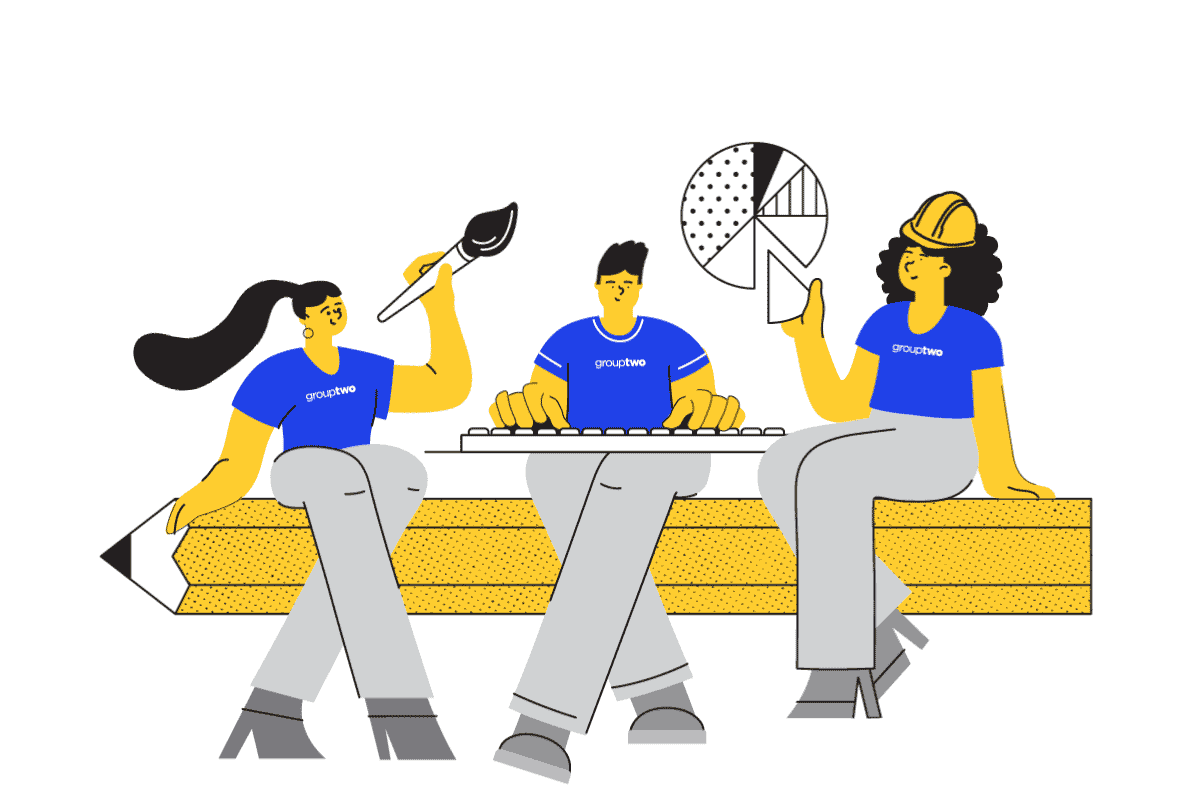First-party data, Facebook’s failure, infinite scrolling — oh my! Q3 certainly had its surprising reveals and tense moments, but as with all trying times in history, marketers have endured! Here are the most important changes in the digital marketing landscape from Q3, and a few tips for surviving the next round.
SEM Update: First-Party Data
With the current privacy policy changes and Apple rolling out iOS 14 and 15, it’s a challenge for companies to keep track of marketing data, or even gain access to it in the first place. This is where the importance of first-party data comes in. First-party data is any data you, the organization, collects directly from your leads, prospects, or customers. First-party data can be in the form of an IP address when someone lands on your website, a social media account of someone who follows you, or the gold standard — a name and an email address from a form submission. As it becomes harder to rely on algorithms to find our audiences for us, marketers need to take matters — and data — in our own hands.
Industry Benchmarks for Ad Performance
While ad performance is impacted by many factors, including website content and budget, it’s still good to be aware of industry benchmarks so that we can have a general gauge of success. According to LocalIQ, national benchmarks for ad performance for the real estate industry are:
- For Google search ads, the industry average click-through rate is roughly 6.5%
- For Google display ads, the industry average click-through rate is roughly 0.1%
While these numbers do include results for both new home and resale ad campaigns, we do find them to be in line with our more niche home building industry.
Social Media Update: The Day Facebook Broke
Facebook (or should we say META?) broke on Monday, October 4, 2021. For six to seven hours, no one — including users and advertisers — had access to post, promote, advertise, or even engage with their communities. For organizations that spend a majority of their ad budgets on Facebook (including some builders) it was an entire business day of being invisible. Stressful, for sure.
While one day may not seem to be that big of a deal, Facebook’s vulnerability, and therefore advertisers’, was laid out on the sidewalk and fully exposed. If that outage had lasted a week, or a month, what would advertisers have done (besides panic)?
The answer is to not put all your marketing eggs in one basket, a topic Mollie and Matt discussed on their recent Building Perspectives podcast episode, Facebook Conundrum. Be sure you are always using multiple communication channels including email, text, video emails, phone calls, and more. If your advertising house on rented land goes down, at least you can still call your prospects. (This, by the way, comes full circle back to the topic of first-party data, so go read that first section again!)
SEO Update: Infinite Scroll on Mobile & HTML Title Tags
Continuous Scrolling on Mobile
Google has introduced continuous scrolling on mobile devices. Instead of needing to click the “More Results” button after just 10 search results, Google will now automatically load the next page of search results, so that the user can scroll down into the rabbit hole infinitely. This will allow users to much more seamlessly explore organic search results beyond the coveted top 10.
What does that mean for builders? In some markets, it can be tough to break into those top 10 organic positions for certain keywords because of the dominance of Internet Listing Services like Zillow and Redfin. The new continuous scrolling feature could lead to an increase in visibility and traffic if your ranking position tends to be on the second or third page of results. Time will tell, but we’ll keep an eye on those organic numbers and let you know our findings.
HTML Title Tags Are Now Being Used More Frequently
One of the fundamental aspects of home builder SEO is improving how your website appears in search results. Typically, this involves editing the HTML of your website to optimize the title tags and meta descriptions for the pages on your website. However, there can be situations in which Google decides to generate a title tag for your web page, rather than using the optimized HTML version.
Google has announced that it is now using pre-filled HTML title tags more frequently (rather than generating its own), and has also updated their guide on controlling your title links (the updated term for title tag). This could allow home builders and SEOs to have much more control over their websites’ organic visibility and click-through rate — and that’s a good thing!
Need a team to help you navigate the ever-evolving digital marketing landscape? We can help! Contact us.

